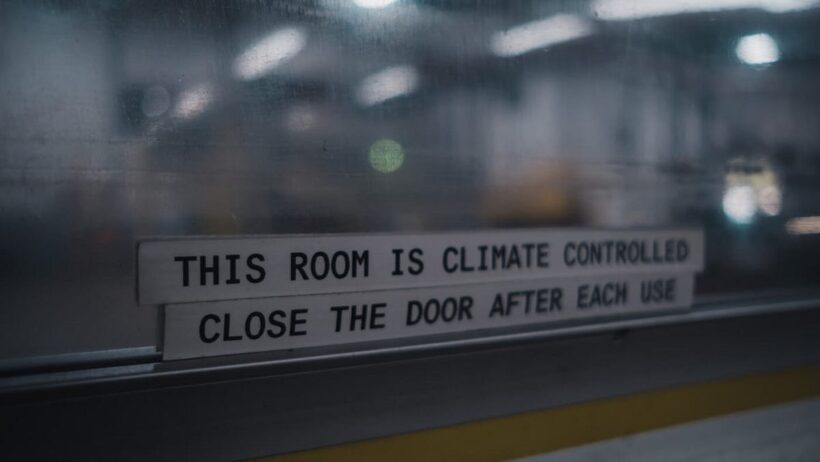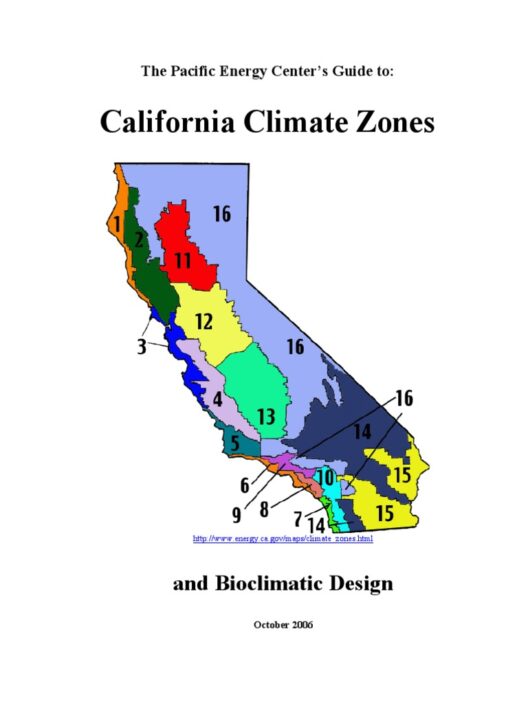In the realm of self-storage, the concept of climate-controlled storage stands as a formidable guardian, a veritable bastion against the ravages of fluctuating temperatures and humidity. This type of storage is not merely a luxury; it is often an essential safeguard for a myriad of items that require a stable environment to maintain their integrity. As we traverse the intricacies of this topic, we will explore its necessity, benefits, and the particular circumstances where it shines brightest.
The notion of climate-controlled storage can be likened to an iceberg; while much of its importance lies hidden beneath the surface, the implications of its necessity are evident when examining the fragility of the items it protects. Just as an iceberg can be deceptive, presenting a mere fraction above water while vastness lies below, so too does the surface of self-storage conceal deeper complexities concerning what should be stored and how the environment impacts these items.
Understanding Climate-Controlled Storage
Climate-controlled storage typically maintains a steady temperature range, often between 55°F and 85°F, while monitoring humidity levels to remain between 30% and 50%. This regulated environment is crucial for preserving belongings susceptible to damage from extreme temperatures and fluctuations in moisture. While conventional storage units can lead to items being exposed to harsh conditions, the climate-controlled alternative mitigates risks associated with heat, cold, and moisture. Such controlled environments resemble the ideal greenhouse, where delicate plants thrive under optimal conditions, shielded from the harshness of the outside world.
Who Benefits from Climate-Controlled Storage?
The question of necessity often arises regarding various demographics and their unique storage needs. Individuals and businesses alike may find themselves in circumstances where climate-controlled storage is not just beneficial but imperative.
For fine art collectors and galleries, maintaining optimal temperature and humidity is crucial to prevent deterioration. The vibrant palette of a masterpiece can fade into oblivion if left to the whims of heat and moisture. Similarly, antique furniture, comprising delicate woods and fabrics, may warp or disintegrate under adverse conditions. Herein lies the critical intersection of preservation and investment; without climate-controlled storage, a valuable asset can swiftly transform into depleted memorabilia.
Musicians and audio enthusiasts also understand the significance of climate-controlled environments. Instruments, especially those made of wood, are notorious for their sensitivity to climatic variations. A guitar left in a humid space might swell and lose its tonal quality, while an ice-cold violin risks cracking. For those who hold considerable emotional and financial investments in their instruments, climate control becomes a non-negotiable aspect of care.
Moreover, businesses dealing with sensitive documents must prioritize climate control to ensure the longevity of important paperwork. Legal documents, medical records, and historical archives are often irreplaceable. A damp environment could lead to mold growth or degradation of paper quality, ultimately jeopardizing the integrity of significant information.
Environmental Considerations
Interestingly, the narrative surrounding climate-controlled storage extends into the realm of environmental consciousness. As climate change continues to loom large over our global landscape, awareness around conservation also extends to the stewardship of material possessions. Using climate-controlled storage can be an act of sustainability, enabling individuals to prolong the lifecycle of their items rather than contributing to landfill accumulation. By protecting items from deterioration, one can reduce the environmental impact associated with manufacturing replacements. Thus, it is an investment not only in preservation but also in fostering a sustainable lifestyle.
Economic Viability
Economic factors often weigh heavily on the decision to utilize climate-controlled storage. Many perceive it as an unnecessary expense, especially when standard units present a more affordable option. However, by considering the potential costs associated with replacing damaged items, particularly those that hold irreplaceable value, the economic calculus shifts dramatically. The initial investment in climate-controlled storage can serve as an insurance policy against future financial loss.
Imagine a scenario where a vintage collection of comic books, a cherished heirloom, or bespoke furniture is left unprotected. The potential loss not only stretches beyond monetary value but extends emotionally as well. By investing wisely in climate-controlled solutions, individuals are essentially safeguarding their assets for years to come.
Conclusion
In summation, climate-controlled storage emerges as a significant player within the landscape of self-storage solutions, embodying necessity for various stakeholders. It serves as an orchestral conductor, harmonizing the delicate interplay between temperature, humidity, and the preservation of cherished valuables. As we navigate through the challenges of an ever-evolving climate, recognition of the value inherent in climate-controlled storage cannot be understated. This sanctuary of preservation offers a unique appeal, an opportunity to cherish and safeguard our belongings, while simultaneously exercising responsible custodianship over our possessions.
Ultimately, the decision to utilize climate-controlled storage transcends mere preference; it embodies an insightful recognition of the fragility inherent in our cherished belongings, a conscious step towards ensuring their longevity in an ever-changing world. So, as we ponder our storage options, let us embrace the perspective that climate-controlled storage is indeed an essential realm of preservation in our quest to navigate both personal and collective futures.








